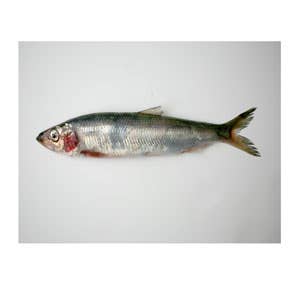
Techniques
A Guide to Fresh Fish
Discover the varying flavors of fresh fish.
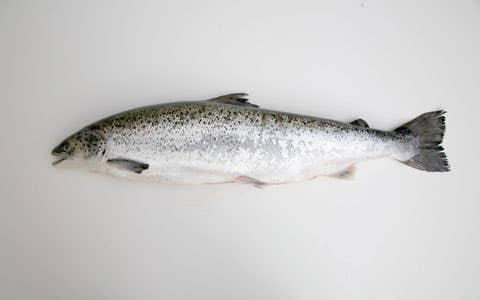
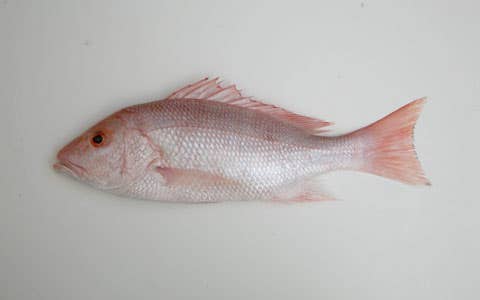
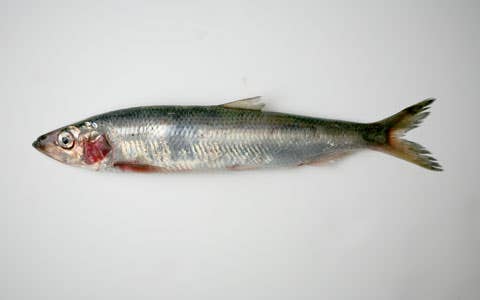
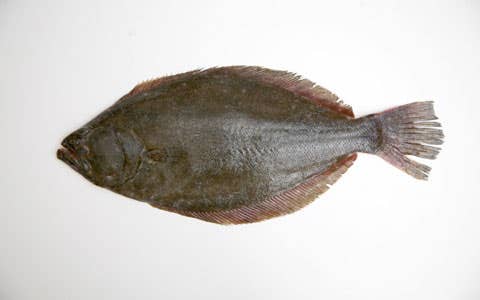
ADVERTISEMENTADAD
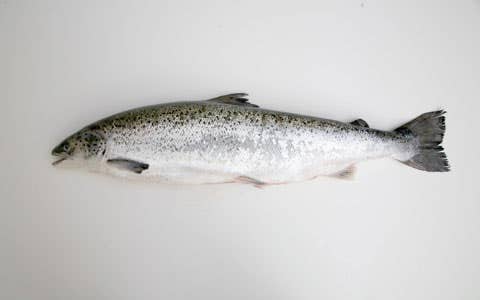
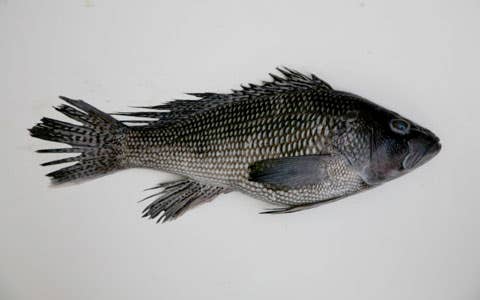
Keep Reading
Continue to Next Story
ADVERTISEMENTADAD
Discover the varying flavors of fresh fish.








Discover the varying flavors of fresh fish.






Continue to Next Story
